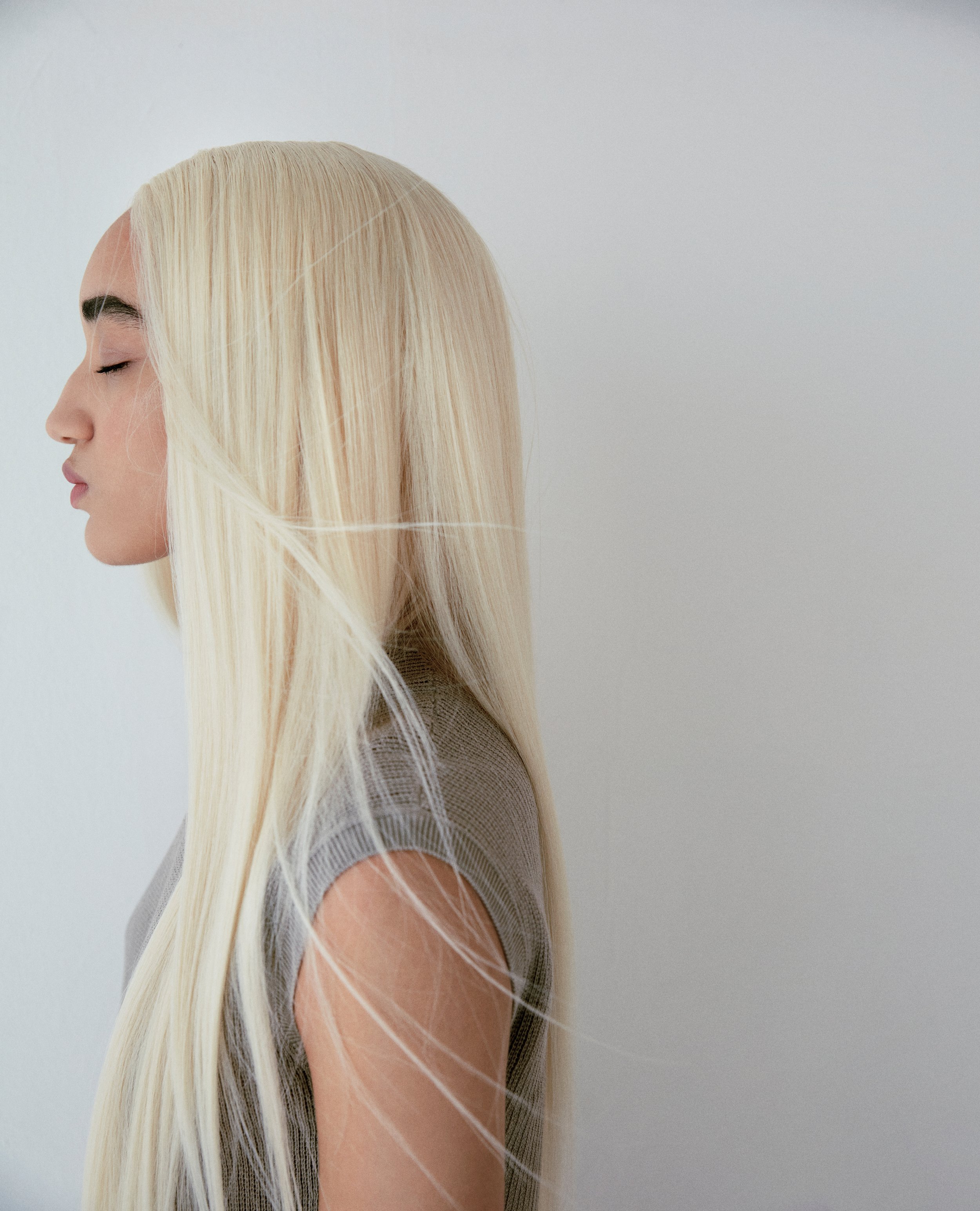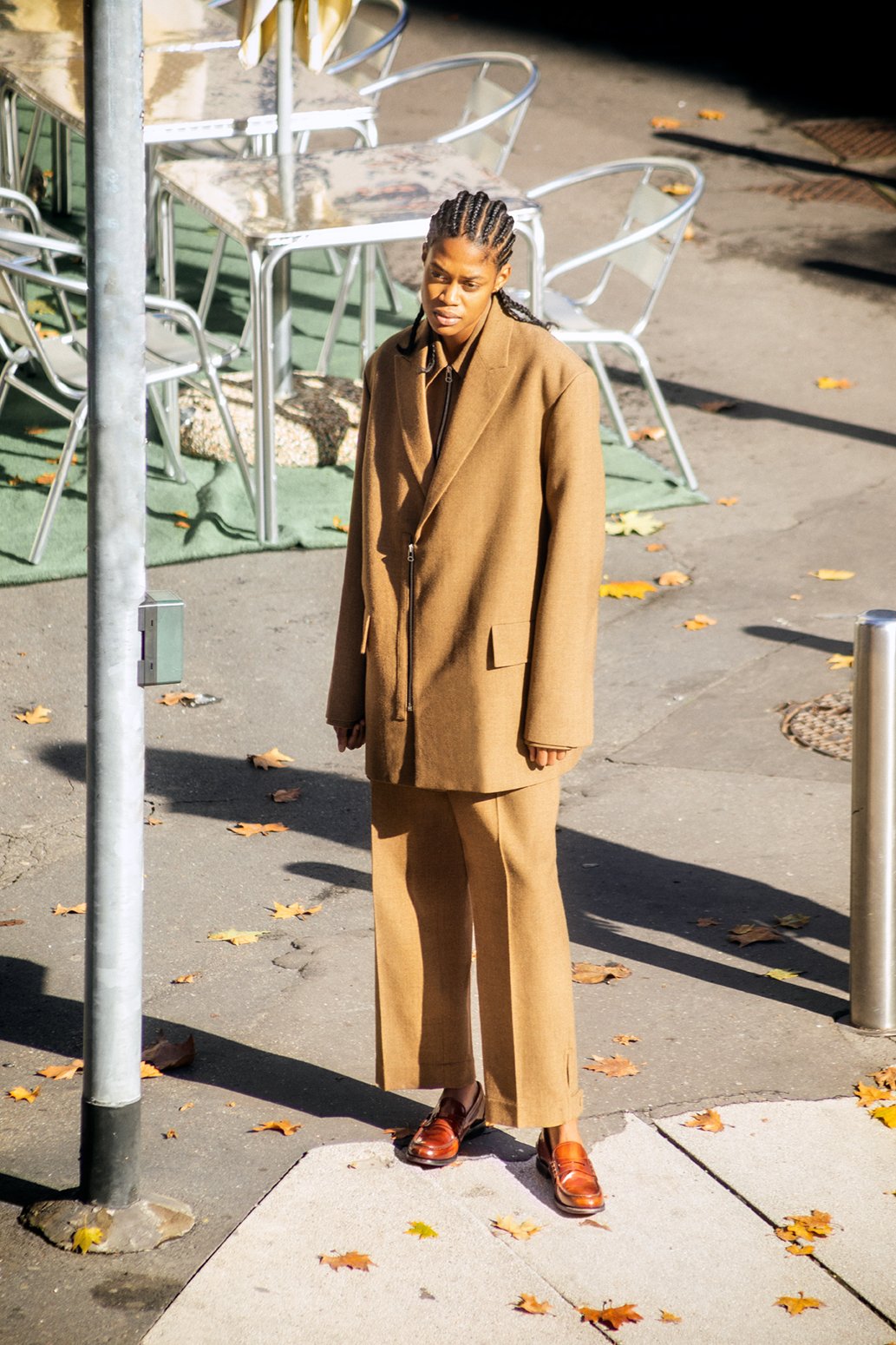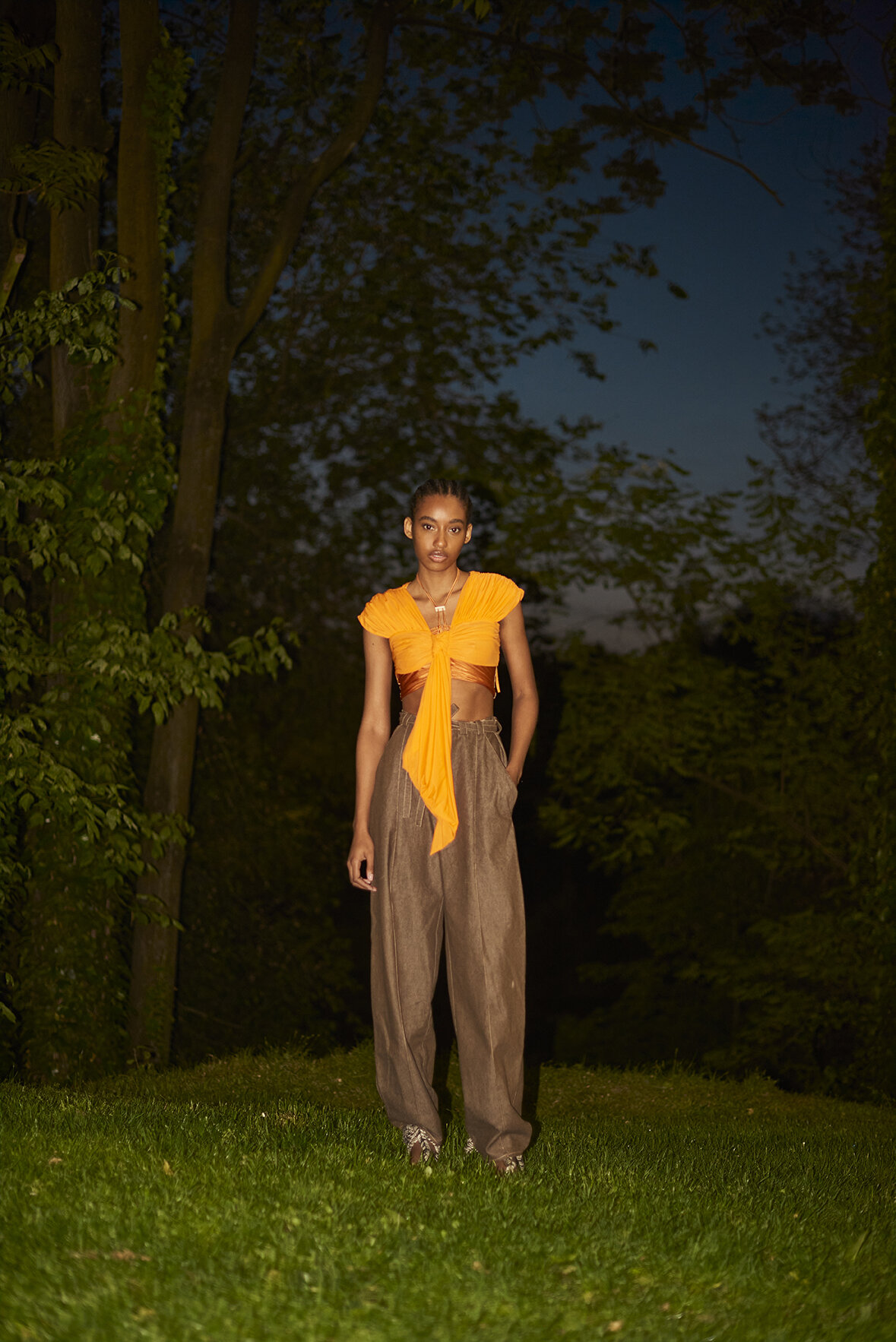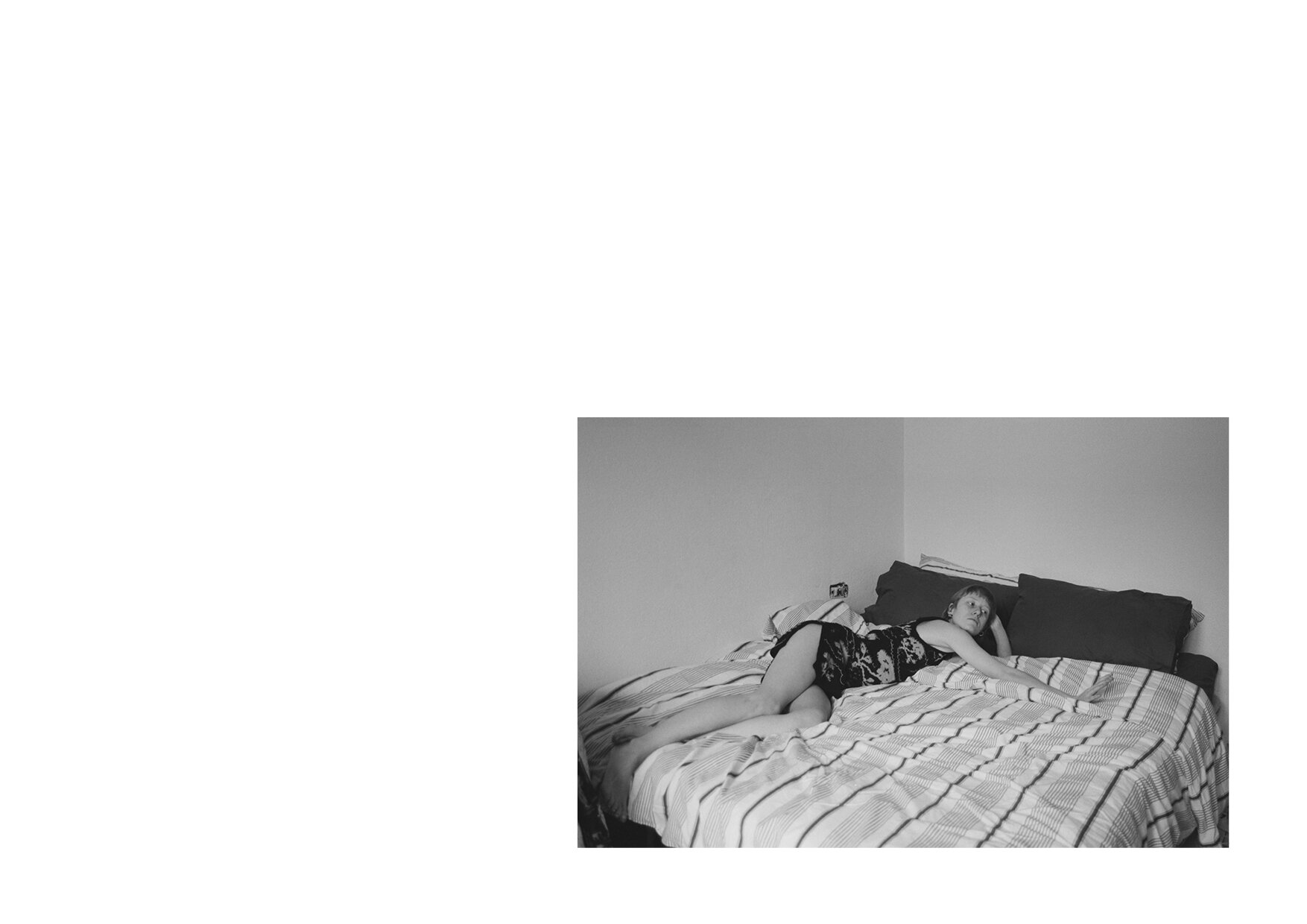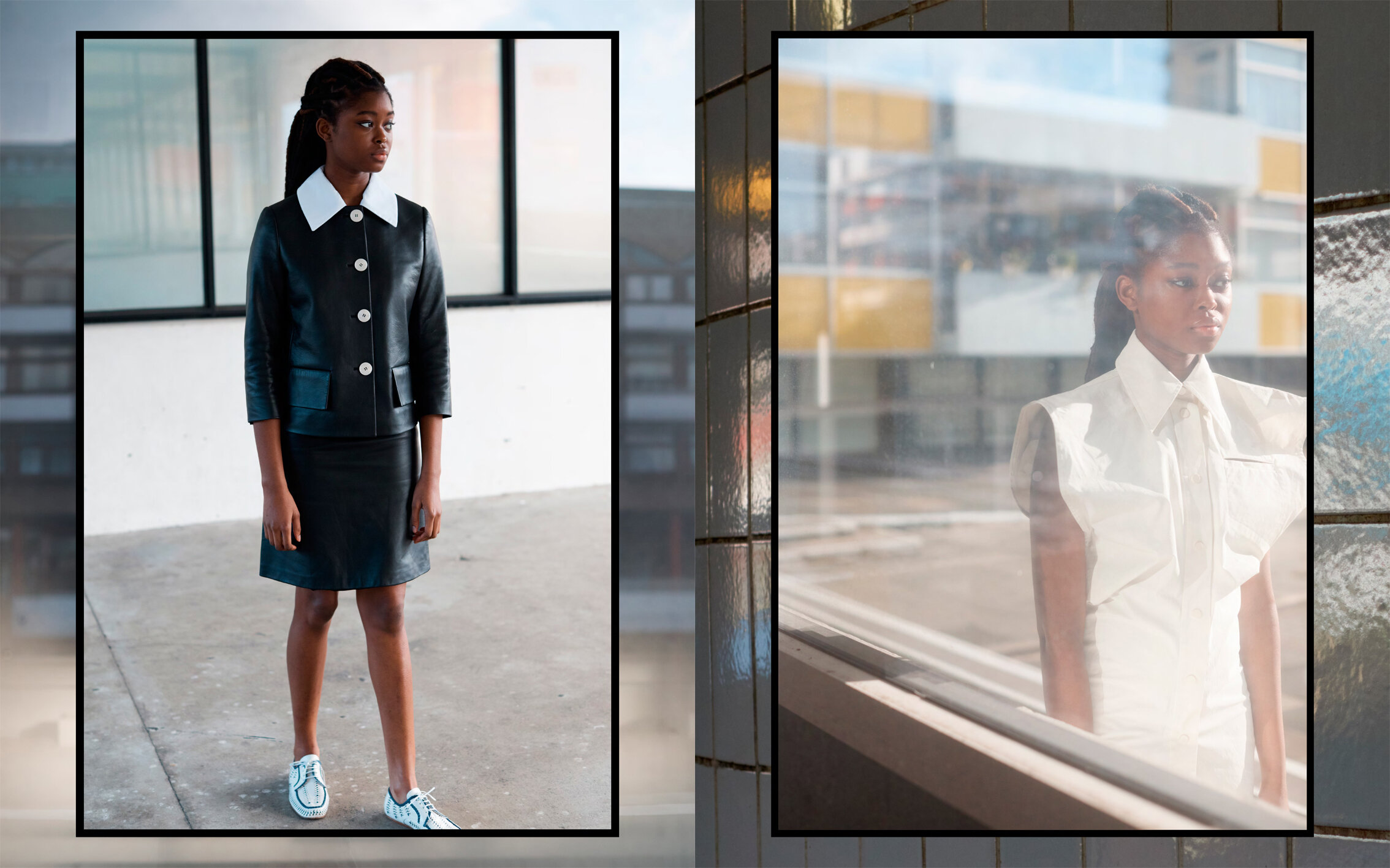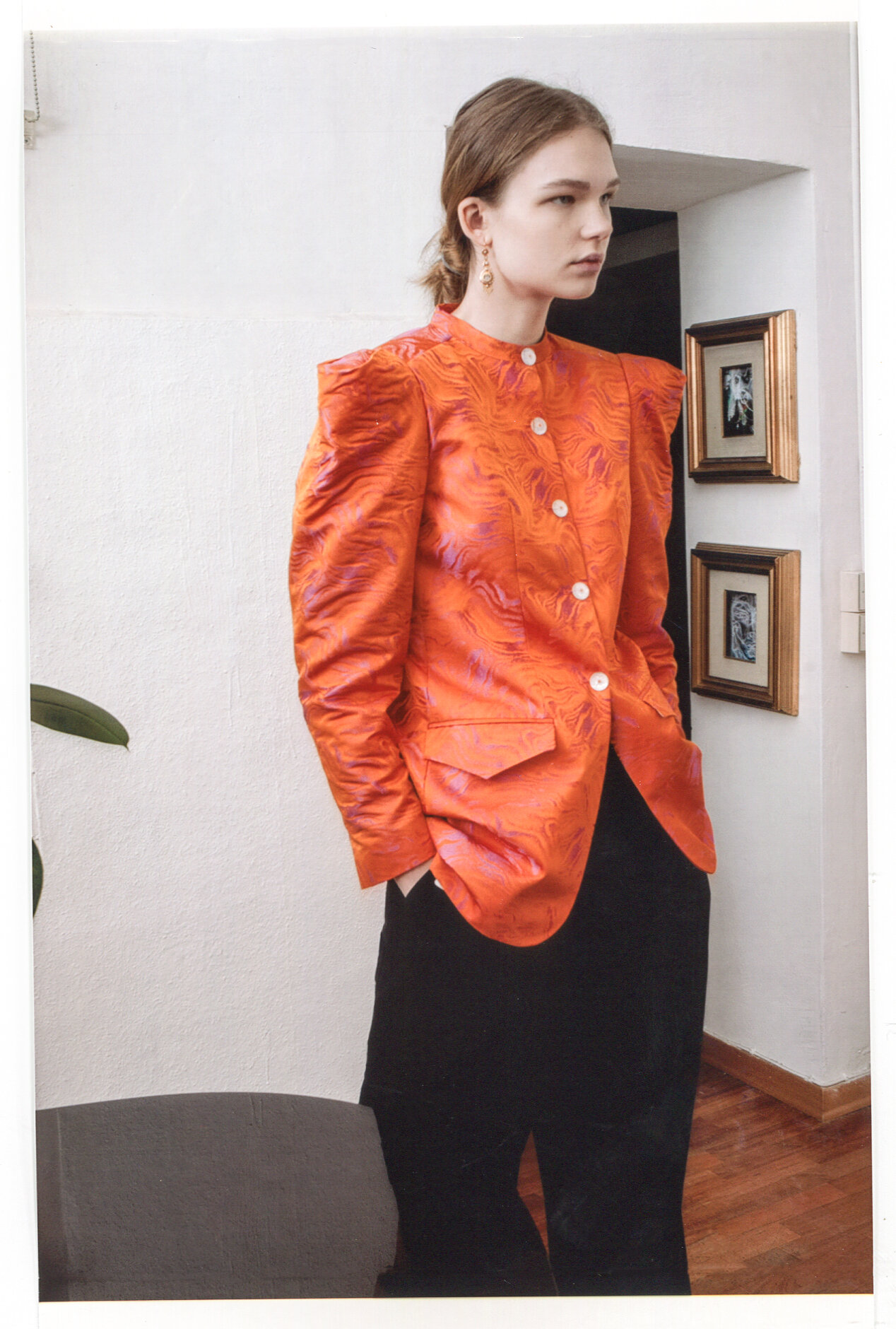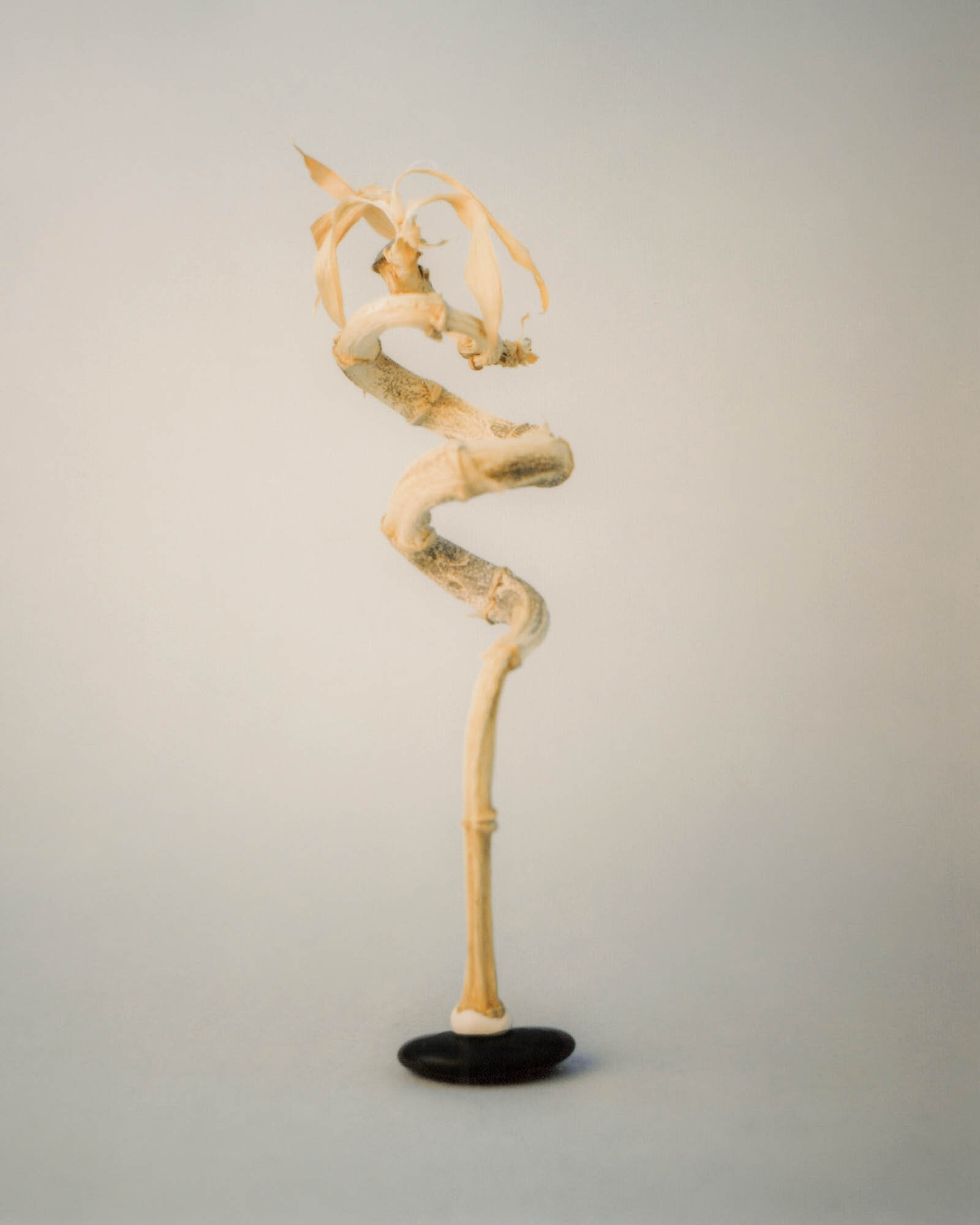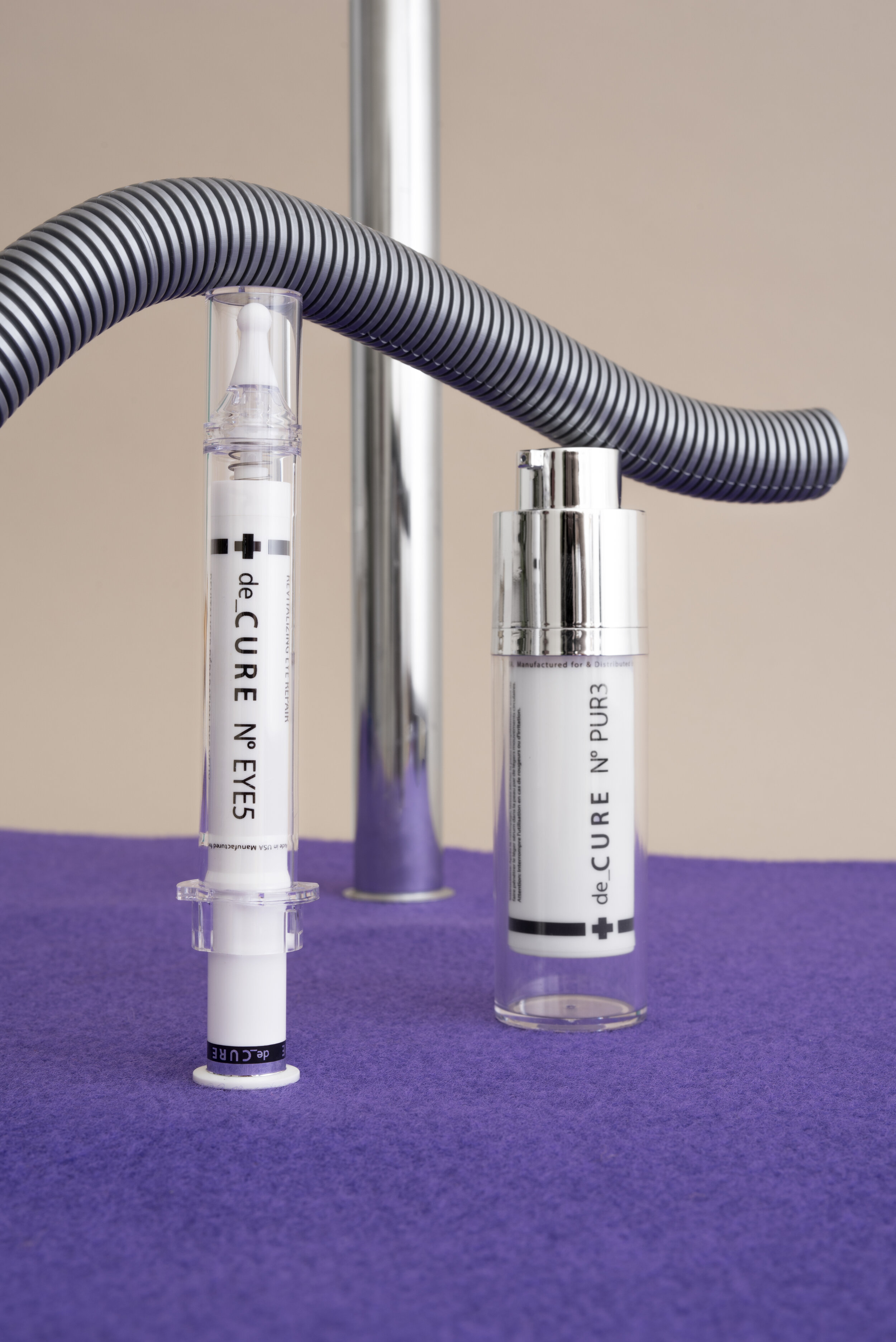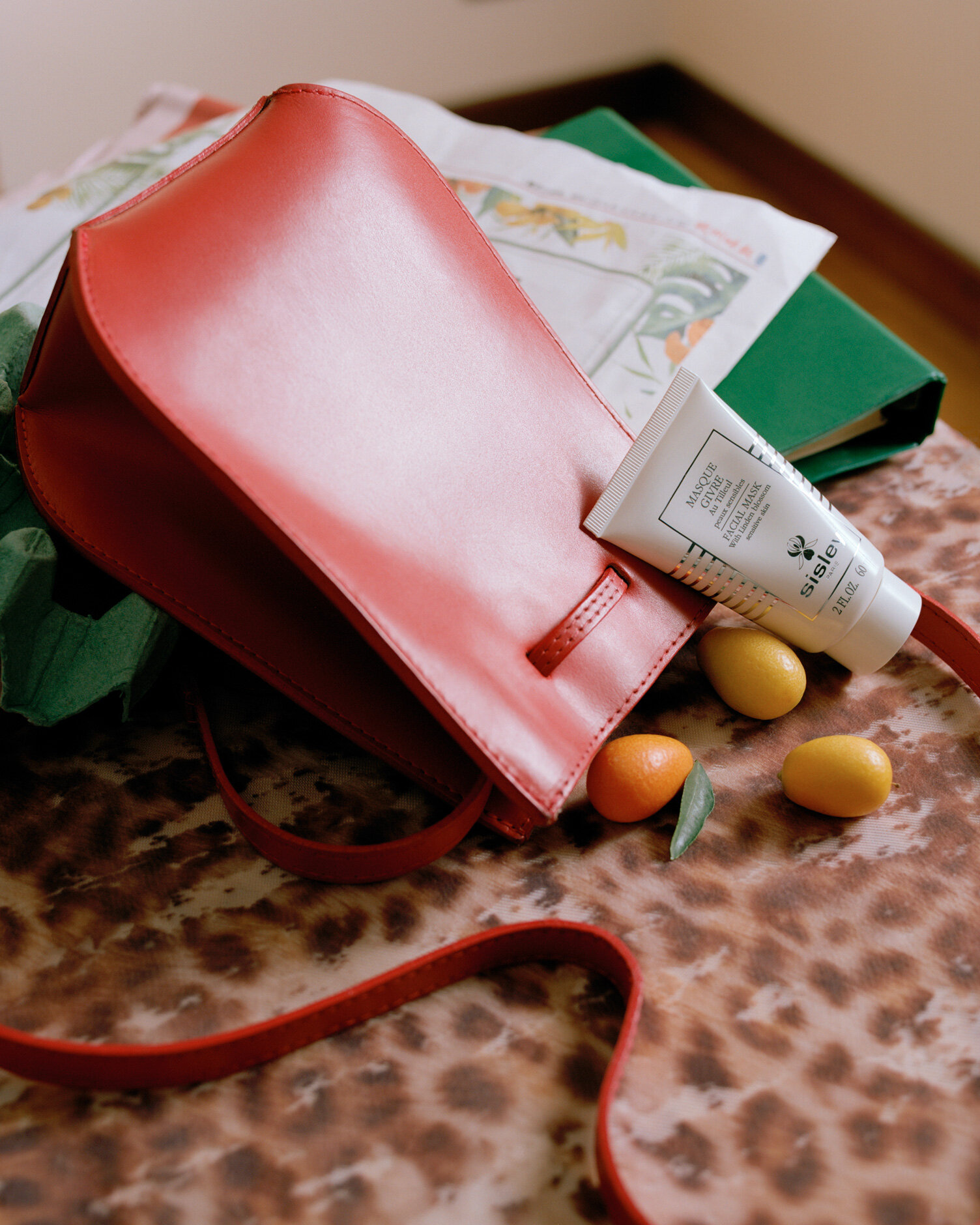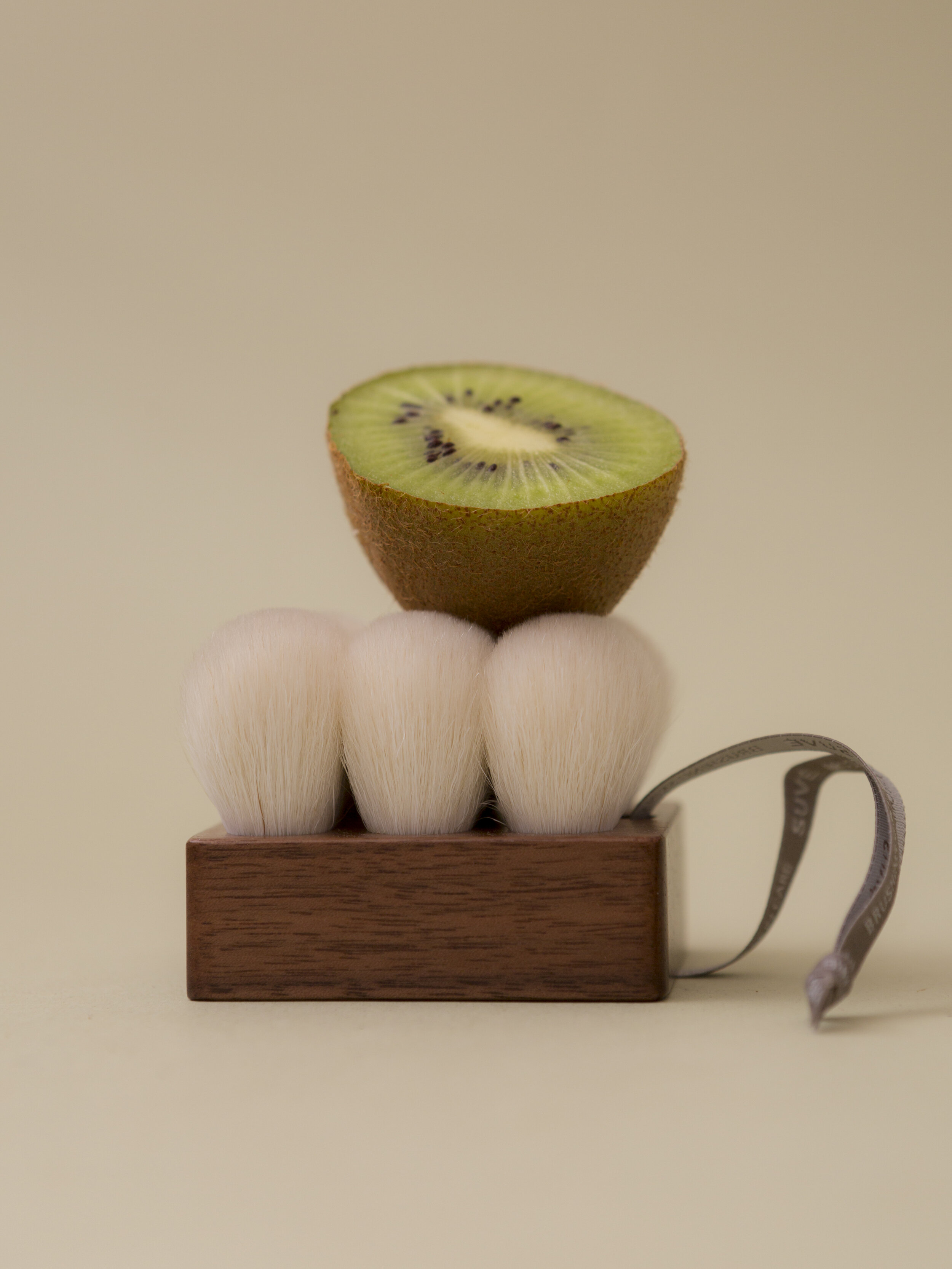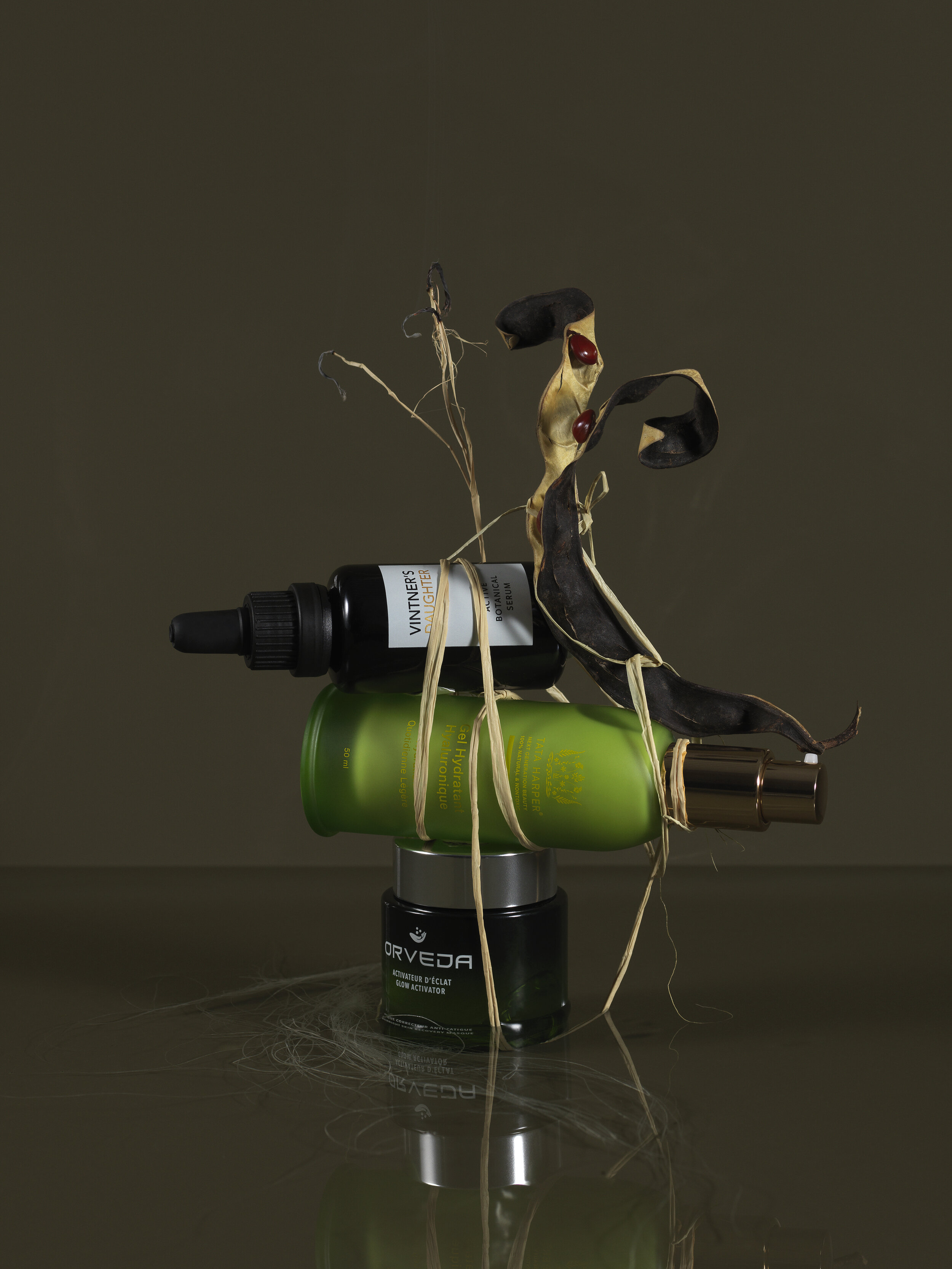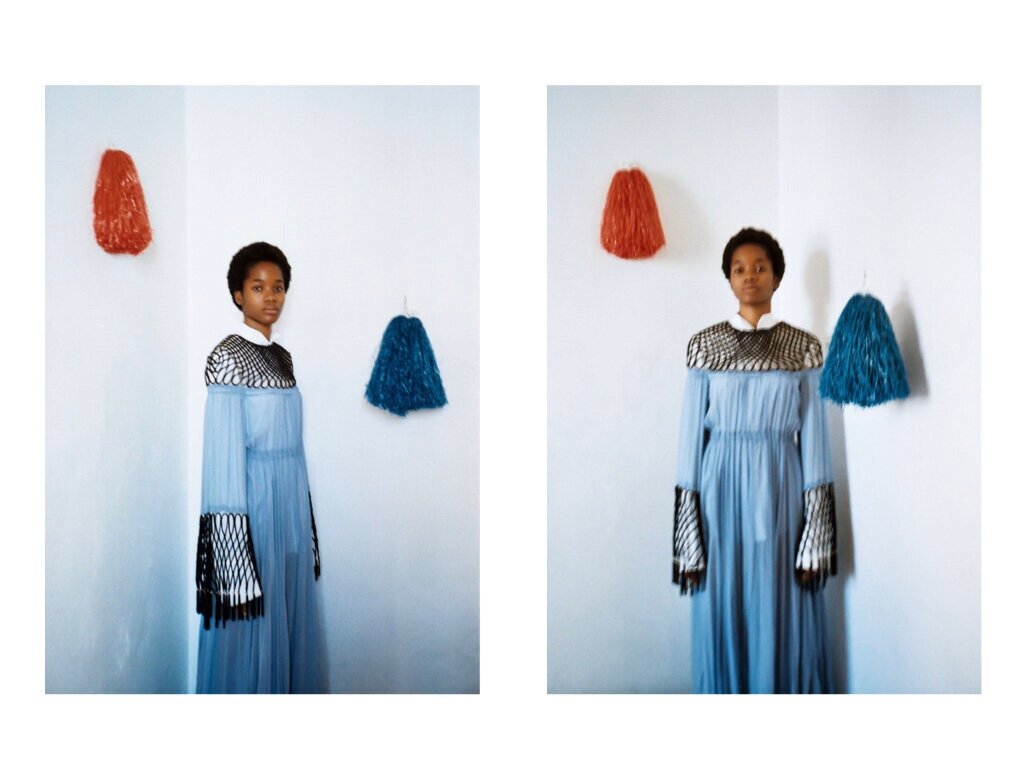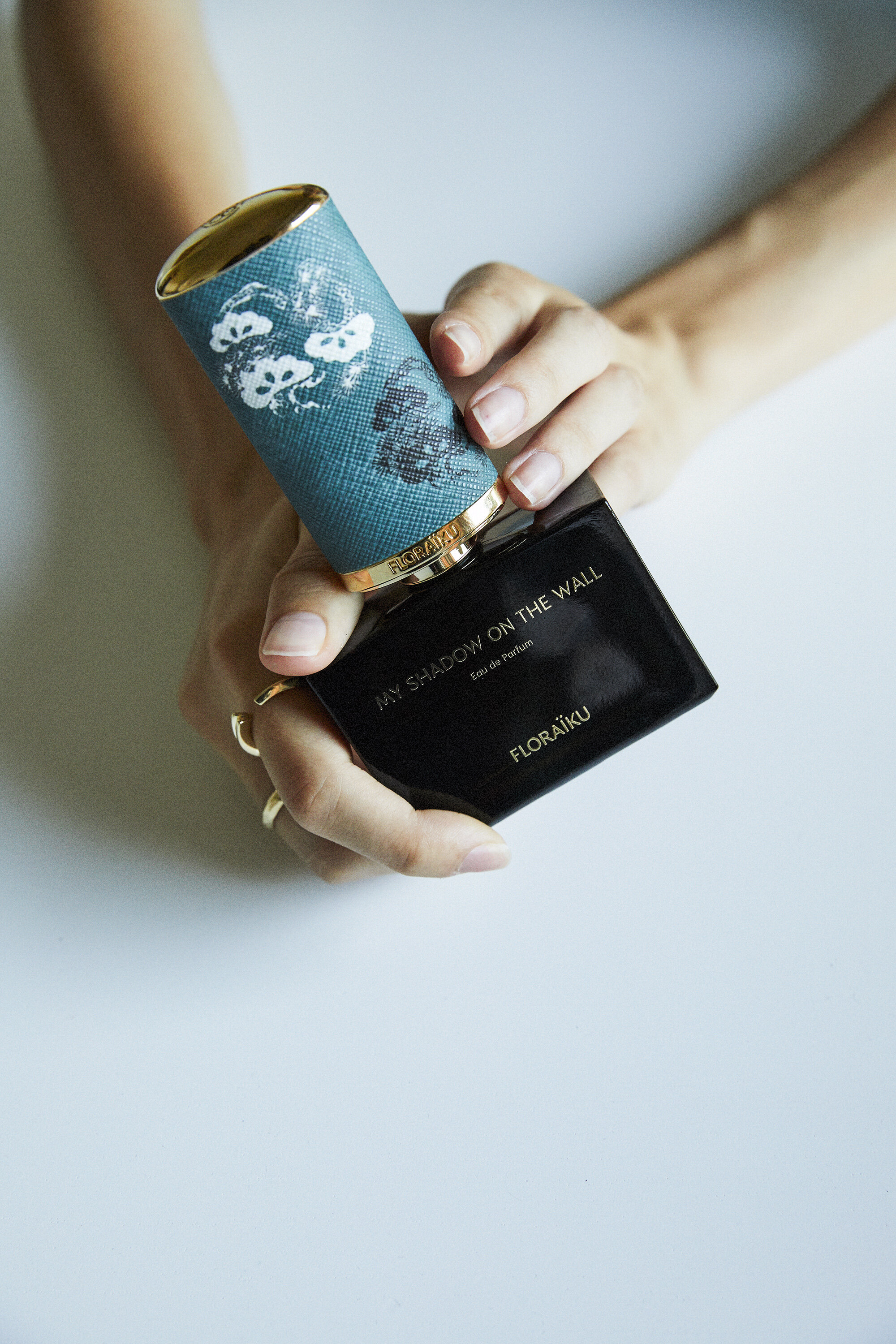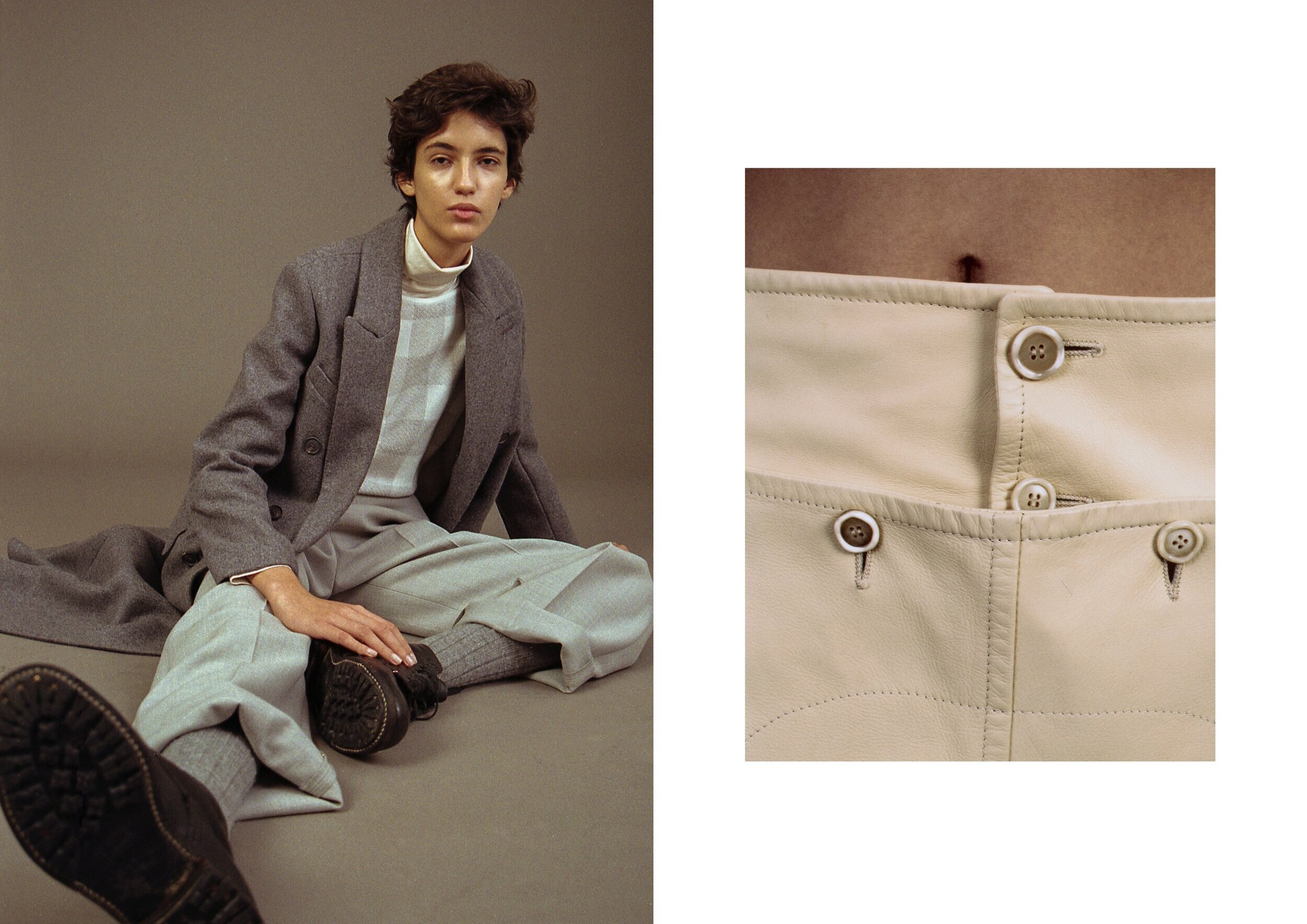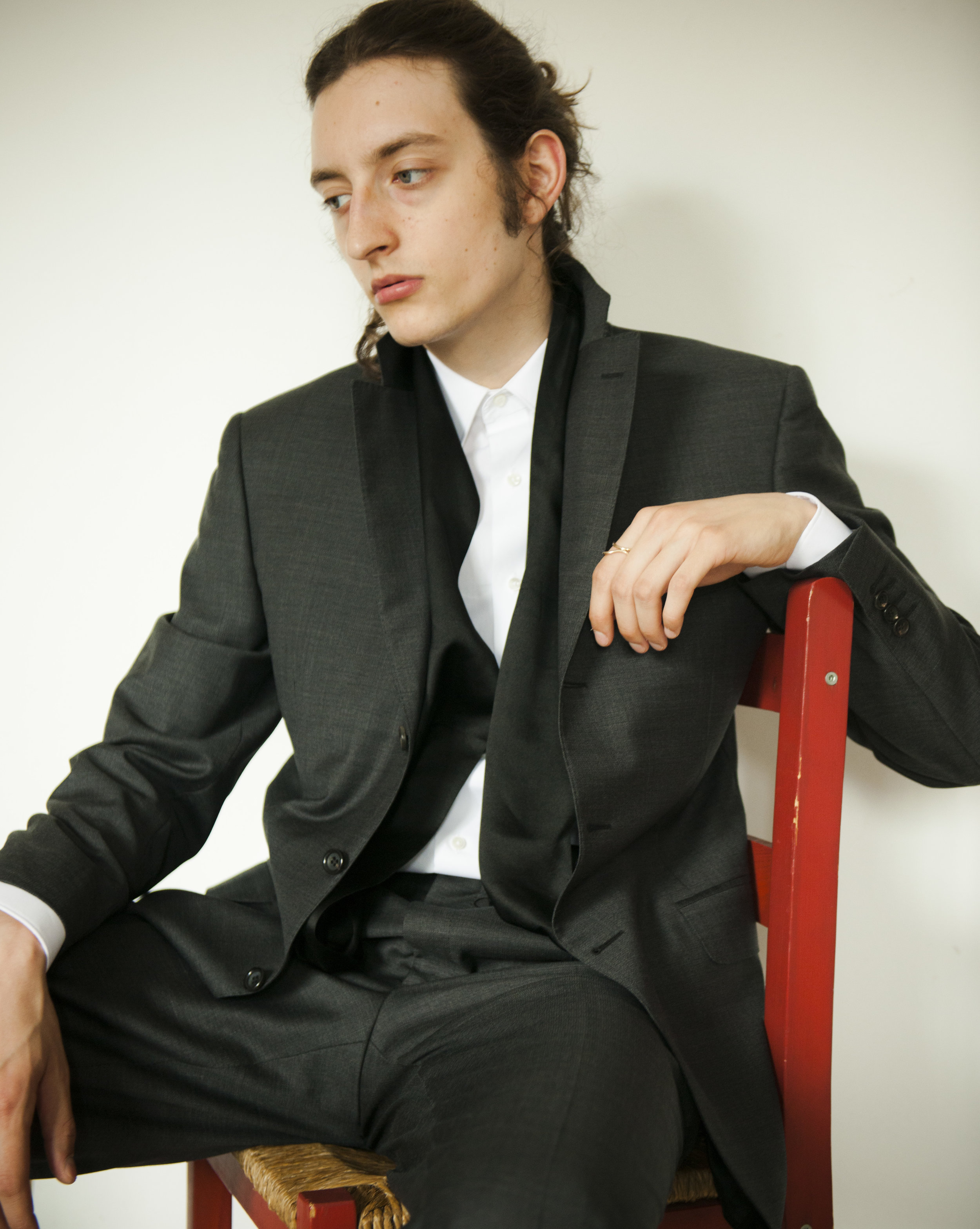Pramma
Photography by Federico Radaelli
Styling by Alessandra Conti
Words by Carlotta Buosi
Make up by Adam De Cruz, models: Bee @ Tess Management, Molly @ MILK
Stefania Pramma has to be one of the most fascinating and charming creatures I’ve ever encountered, so far in my life. Italian but naturalised New Yorker - where she moved at the age of 19 to study Fashion Illustration at the FIT, first, and then gemmology - Stefania has a special place in her heart for London, where we meet her and sit down for coffe in the wonderful home of her identical twin sister, Valeria, art collector and philanthropist. Twenty years of experience as a jewellery and handbag designer in New York have acted as the most ideal of all trainings for Stefania, who - after leaving her last full time job at Juicy Couture - came to connect the dots and realised that she was meant to make a significant change in her path. That’s how Pramma, her own brand of luxury handbags, was born. The result of everything that had happened in Stefania’s life before, Pramma is extremely unique. A series of bags whose concept rebels against the slavery of all fashion business and whose aesthetic speaks of a whole new language: elegance, technique, the importance of being special, even if that just means carrying a bag that no one else has.
You’ve been in this industry for a long time - accessories especially but also fashion as a whole - and you must be very aware of what’s happening within it. What made you desire to create something of your own?
It’s a very good question because for many years people have been asking me: ‘why don't you do your own thing?’ . That was because I’ve seen the industry evolving in a very commercial way: today it’s all about putting things in the market, even if they are not necessarily meaningful. Also, many of the people who put products out there today don't really know what it means to be a handbag designer, and I never wanted to be someone like that. I’ve always thought I would do something if I had seen a space in the market and if it was a special place. It needed to be true to myself. I grew up thinking of quality over quantity as what really matters. Longevity and quality are two very important things for me. My mother who would buy us one pair of shoe for the season, they could be expensive but they had to be good: that stays with you. The idea that you want something that lasts and it’s not a matter of price, it’s a matter of quality.
I started conceptualising Pramma as I spotted a lack of originality among luxury handbags: I wanted to create something which is obviously a mature product - as they are done by someone who’s been in the industry for twenty years, me as a designer - but with a sense of houmor too, which is very important to me. I think Pramma is very unique because of the combination of these two aspects.
So, there is a sort balance between taking both the creative and making process very seriously and the irony that you want to add to it.
Yes, Pramma is very approachable and very personal. For example, everyone loves dogs so I created the series of the dogs as something that should make people smile. They all have names and they are characters and something I’m planning to do is a little animated movie about Edgar - one of the little icon dogs of Pramma - what he does and how he guards the bag so that nobody can get into it. I like to think of the dogs as little characters of their own: when the light goes off, they come to life and play around. This sense of playfulness is very important to me. I feel like even when things are done properly, the result should be something personal and funny rather than uptight.
How would you say that Pramma fits the overall spectrum of trends within the industry, if it does in any way?
It doesn’t and it was never meant to. I get lost thinking of seasons and collections. I soon came to realise that that wouldn’t be sustainable for a product like mine to take part into the fashion weeks cycle and all, as it takes a long time to be made and finished. But also, I was never that person: to me fashion has to be about style rather than trends. I might happen to like the thing of the moment, but it’s not the way I see Pramma being positioned: if it happens to be trendy to have a bag with a dog on it, then great, but it was never meant to create a trend. I find it quite passe, boring and pretentious to try and fit into that.
It can also be difficult in terms of longevity, as trends fade.
Yes, a trend is obviously something which is on now and is no longer going to be on in a few months. With Pramma, I want to push people to see the beauty of something that goes against that, against the ones who keeps buying and buying and consuming things that have no meaning to them or that matters just for a second. I never wanted that, especially because it takes heart and soul to create something like my bags and - as I know how much work people put into them - I could never think of them as something with an expiration date. It would make me feel terrible.
You’re Italian and Italy is known a country where artisanal work is very important, very peculiar. Was it always one of your main objectives when you created Pramma to incorporate all these precious skills in your work?
Yes definitely. I grew up in Italy, very close to artisans. I had my tailor when I was little and I would enjoy creating things myself, like little jewellery. You know as an Italian that jewellery - for example - is a little gift for a special occasion and in Italy we all grow up with this notion of special things coming to you in special moments. We are also used to deal with the artisans at home, because we have access to the person who makes our shoes and who could personalise things for us if we wanted to. My parents have always taught me the importance of individuality, of being yourself. Why have something that everybody has when you can make it your own? I love that and I think that’s a big part of why I enjoy working with artisans that much. I think there is a magic happening when you work with your hands. I wish I could do it myself, but I definitely can’t because there are many different skills needed to make Pramma bags. My artisans always complaint because of what I ask them to do, but in the end they are so proud and they inject so much passion in what they do. I’ve always wanted to work this way. It’s so special.
It’s quite amazing that you do that as many of those skills are so rare and it’s so hard for those people to keep cultivating them, as the industry is shifting away from that today.
It’s true. Especially when everything started to be shipped to China for manufacturing in the early ’00s, a lot of artisans had to close down. Italian brands that went to Asia started coming back only about five years ago, but by then many of the artisans were already gone or they could not evolve their structure to keep up with the times as they had no jobs, they barely survived. Right now is getting better: in fact, when I started looking for artisans myself many of them couldn't commit as they were too busy already! I think that the quality of artisanship is still a very big factor and makes a big different in the end. It’s been challenging for me to find people who would agree to do something like Pramma, because it’s made by one hand at the time and it doesn’t fit a standard production cycle. I am very proud of them because the people I work with have agreed to do something which they knew wouldn't have brought a bur rush of business on the short term, but on the long run would have been special. The relationship with them is very important too. They know when you respect their work and their craft and they understand that.
On that note, can you tell me more about how a Pramma bag comes to life?
It’s a long process! The Pramma concept - even before actual bags started to be made - came to life through lots of sourcing and thinking from my part. Materials are extremely important and that was one of the first things I focused on. Then the aesthetic, of course, as I wanted the bags to be modern and relevant to the time they are created. It all starts with the sourcing of leather and stones. We have a cutter who used to make mosaico Fiorentino, which is a precious art from the 13th century nobody cares about anymore. The hardware people creates the mechanism - which is very complex - and finally the artisan puts together the whole puzzle and builds the bag. We don’t come up with a hit bag every season, we work more with texture and colour combinations and I want to evolve in that direction, even thought I’ve tried to keep it quite focus for now, in order to build a language. The bags are very architectural too, the handle speaks for itself and that was my goal since the beginning: I wanted for people to see the bags from far away and, without spotting any logo, instantly recognise them as Pramma bags. I am very happy with the result, I think they are very unique, very distinctive. You can tell what they are when you see them.
It’s funny you mentioned the architectural aspect of the bags because it’s something that came into my mind immediately as I discovered the brand. That’s also why I’d like to to ask you - as you’re based in NY and the skyline of the city is made of clean lines and sharp cuts - if that environment has had any kind of influence on you, as a designer, and on Pramma as your brand.
Yes it has! Not consciously but unconsciously, definitely. I wanted to be architectural with my design as I wanted the bags to have a posture and because I love clean lines. Living in NY, where everything is so chaotic, you need a bit of order, a bit of cleanness, to find inner peace. I want the bags to comunicate calmness. The Chrysler building and the Empire State building - which are both 1930s buildings so quite severe - have been an inspiration for me: clean but beautiful at the same time. I like to think of Pramma bags as little buildings.
Do you think of clean lines and minimalism as a way to inject elegance in a piece of accessory?
My aesthetic has been changing through the years, but I despite that I’ve always wanted to create a product that shows quality and craft. I think it’s a lot easier to cover mistakes and lack of quality when there’s a lot on a bag, but when you create something clean, then everything is exposed. The leather, the stitching, the construction. Also, I believe it’s a lot more elegant when a piece of accessory is not so in your face and that’s what I wanted for Pramma, to be beautiful and quiet.
Many of the bags are embellished with stones - either precious or semi precious - how do you select them and incorporate them in your design?
I love stones. All the ones we use are natural and not composite and their colours are incredible. Combining colours for me is a way of creating a language and using the stones in the combinations falls along with my wish for Pramma to be unique. The motive I’ve come up with for the bags was inspired by a vintage brooch, made modern. We call it the tiara. The stones are also nice to the touch and the tactile aspect for me is another very important one. As I mentioned before, Pramma’s identity is the combination of many, many things and the stones are a big part of that.
Who do yo think of as the Pramma woman?
I don’t really have an answer to this question, except that she is someone who has a certain mindset. I don’t address demographics, or trends. I wanted the bags to talk to women who love luxury, who love dogs, who love certain colours and are able to understand the product. My woman is someone who doesn’t care for logos, she’s not branded, she is self confident in what she chooses and has her own style. She wants to be unique, to be able to carry around a bag that nobody else has, which is done with love and care, in the way that luxury should be done.






